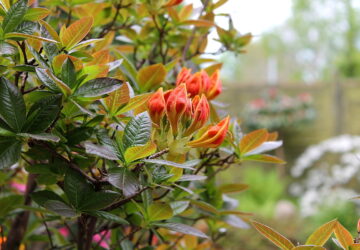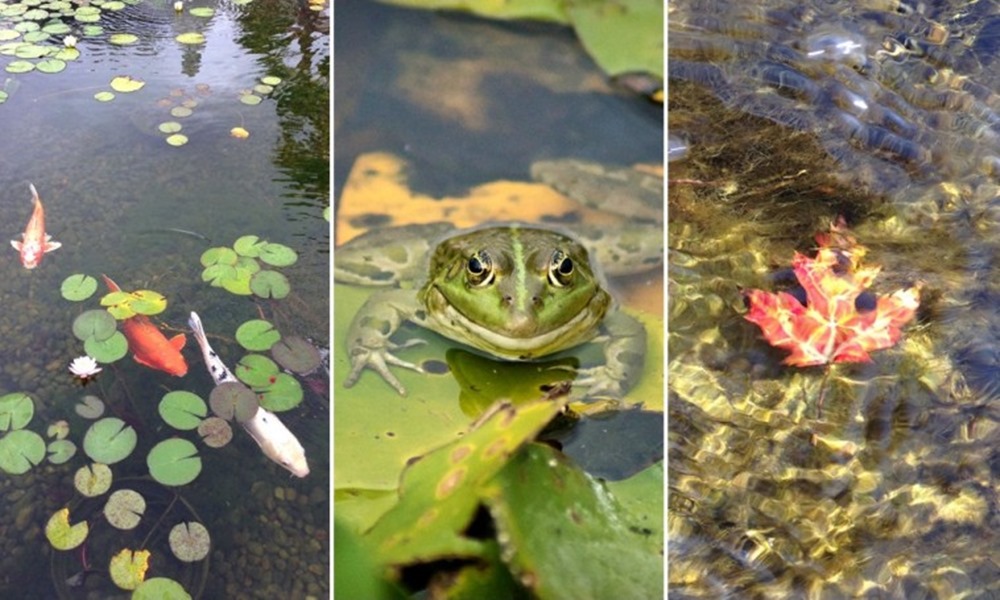As the crisp October air sets in, it’s time to roll up your sleeves and give your garden pond the autumn maintenance it deserves. With winter on the horizon, there’s no better moment to get your aquatic haven in order. Let’s dive into nine crucial steps to ensure your garden pond is winter-ready and thriving come spring:
1. Say Goodbye to Plant Remains
Bid farewell to fallen leaves, detached stems and spent flower remnants that have found their way into your pond. These plant debris can introduce excess nutrients into the water, providing a cozy breeding ground for troublesome algae. Carefully fish them out to keep your pond pristine.
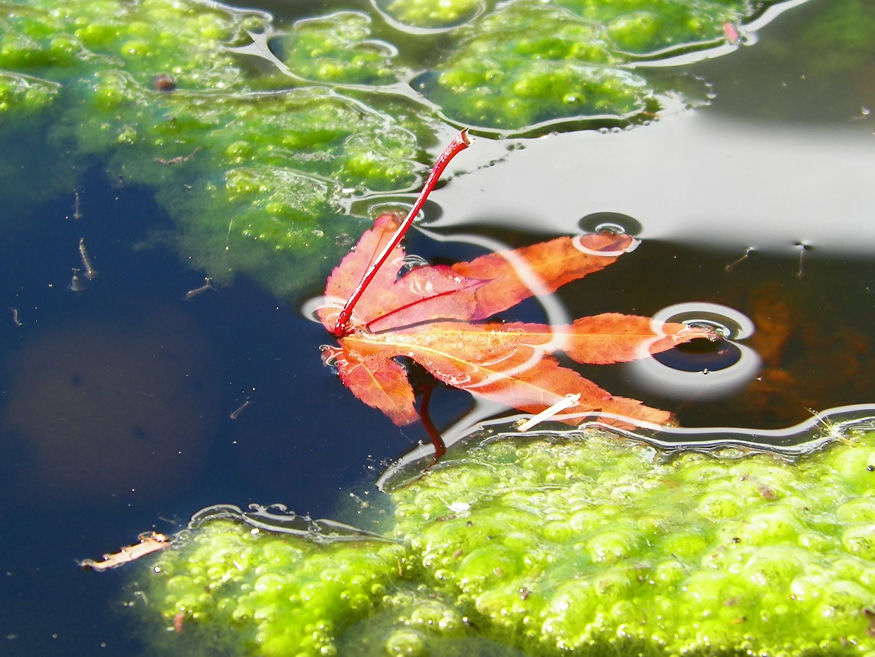
2. Thin Out Overgrown Plants
Nature’s exuberance can sometimes lead to overcrowding in your pond. Thin out vigorously growing underwater and floating plants, removing any dead vegetation or decaying stem parts. A little pruning goes a long way in maintaining a balanced ecosystem.
3. Protect Fragile Plants
Delicate plants like ornamental grasses, sedges and reeds are prone to snapping in rough weather, potentially causing a mess in your pond. Rather than trimming them, tie these fragile plants together to prevent breakage. The stems, crucial for gas exchange, should be left intact, as they also provide a cozy hideaway for overwintering insects.
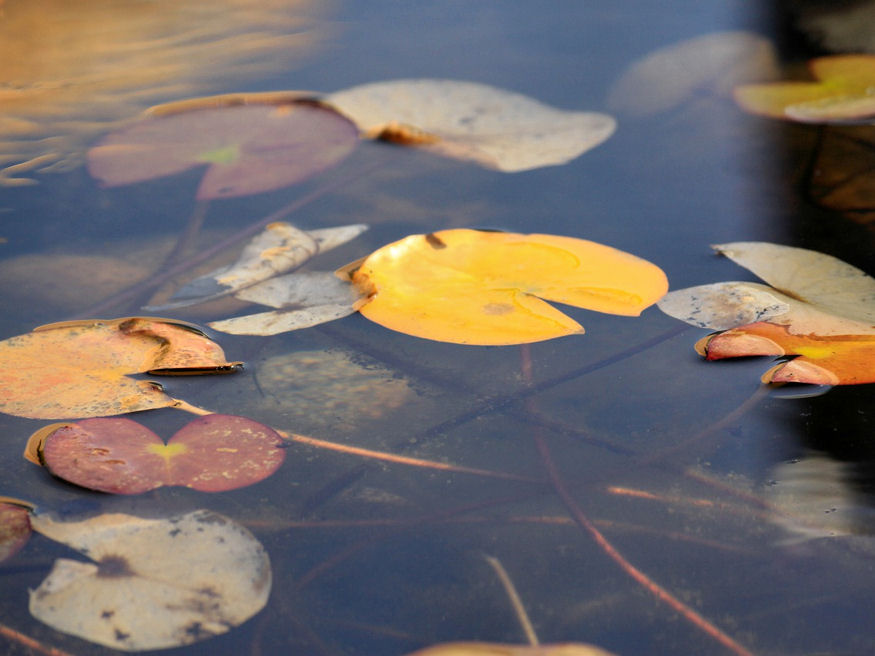
4. Shelter Non-Winter-Hardy Greens
For the plants that can’t handle the chill of winter, give them a safe haven. Relocate them to a protective spot, like your basement or greenhouse, ensuring they survive until the warmer days return.
5. Leaf-Proof Your Pond
Minimize the influx of nutrients into your pond during winter by setting up a protective net. This not only keeps leaves from cluttering your aquatic paradise but also deters curious cats and their companions from venturing into the water.
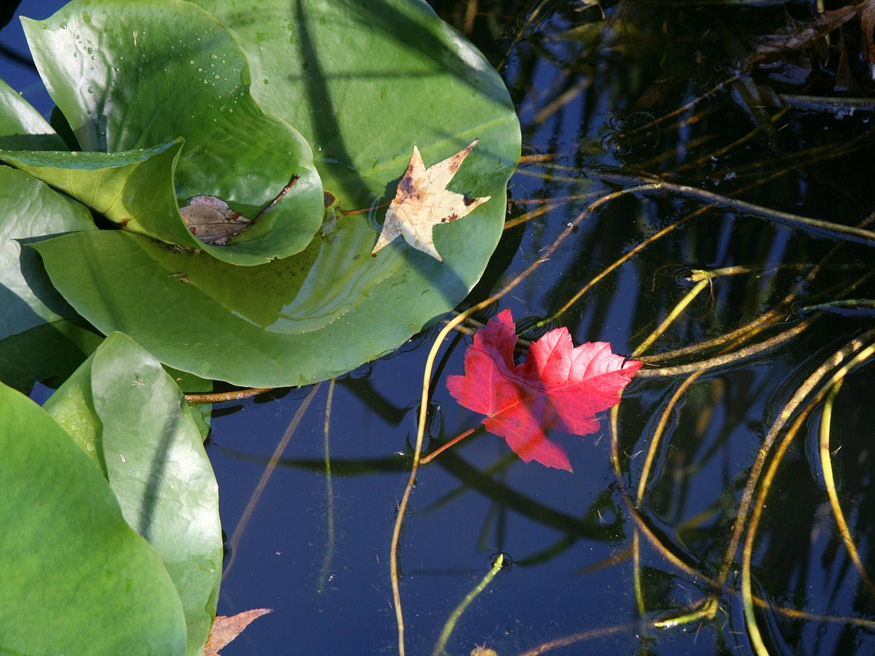
6. Tend to Technical Equipment
Winterize your pond’s technical gear by removing the filters and pump. Give your tools and equipment a good cleaning and store them in a frost-free area. To prevent plastic parts from becoming brittle, immerse the pump in a bucket of water.
7. Cease Feeding Your Fish
As the water temperature drops below 12°C, it’s time to put your fish on a diet. Stop feeding them until the temperature rises, ensuring their digestive health and overall well-being throughout the winter.
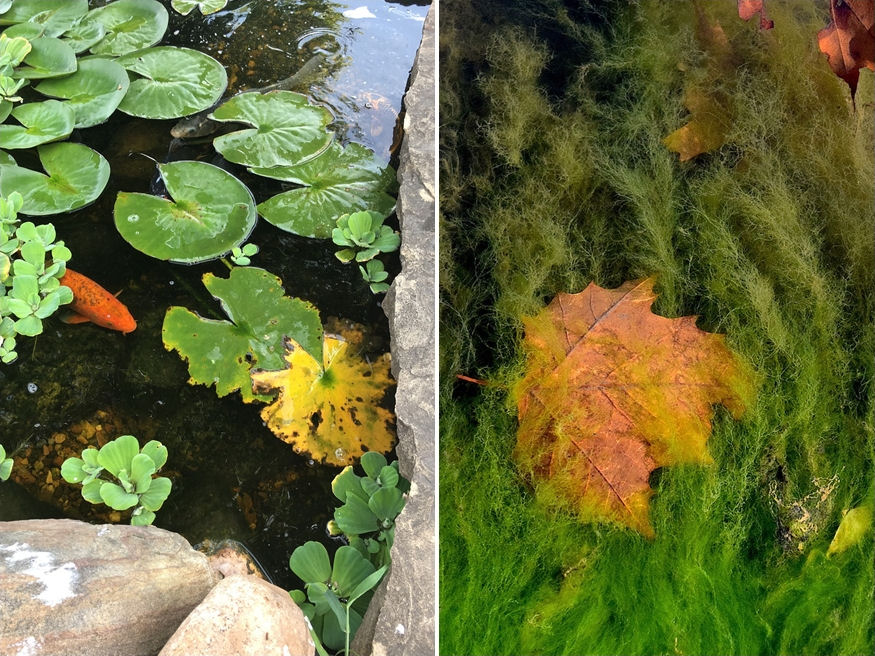
8. Pond De-Icer Installation
One crucial step to ensure your pond’s health during the winter is the installation of a pond de-icer. This device prevents the water from freezing over entirely, ensuring oxygen exchange can occur and preventing the buildup of harmful gases that can endanger fish and plants. Place it near the surface to maintain a hole in the ice.
9. Monitor Water Quality
Throughout the winter, occasionally check the water quality in your pond. Ensure that the pH levels are stable, and if necessary, use additives to keep your pond’s chemistry in check. A healthy pond will be well-prepared to thrive when spring returns.
Pondering the Future
With these nine essential steps, your garden pond is ready to face the winter season. As the leaves turn and the air chills, you can rest easy, knowing that your aquatic ecosystem will weather the cold months and emerge even more vibrant when the first blooms of spring appear. So, take a moment to appreciate the tranquility of your pond and anticipate the beauty that awaits you in the seasons to come.


